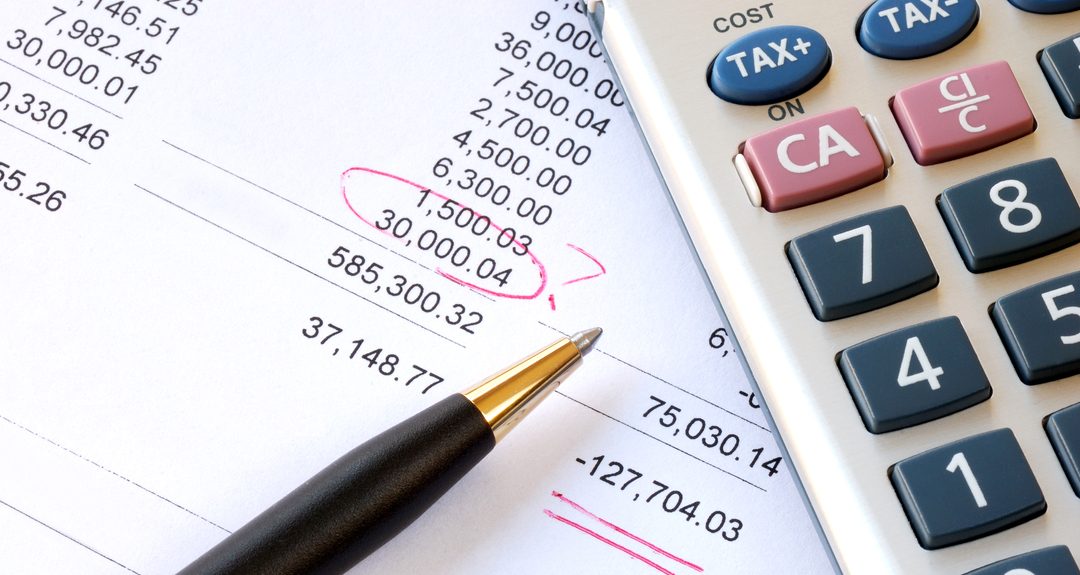Image Credits: tweakyourbiz.com
No matter the size of your business, the Reconciliation is one of those issues that take a life of their own. Let's find out why Reconciliation is important for your business and what are the challenges associated with doing it right.
What is payments reconciliation?
In simple words, it is the process of checking if the funds settled in your bank accounts match with the transactions in your business books. Not only does it provide the complete picture on your business’ cash-flow, but it also helps you to identify discrepancies. It galvanises your business against those rare mistakes from the banks while transferring funds.
Why is payments reconciliation such a challenge?
Even though payments reconciliation seems like a straightforward process, however, it is not the case due to the many challenges faced by the accountants and analysts while reconciling the transactions. The reconciliation files are sent to merchants by the acquirers highlighting all the transactions processed by them and the fees applied. These reconciliation files are then used by the accountants to match against bank statements and/or transaction records.
Let’s see what challenges they face while doing so?
Reconciliation files from multiple acquirers
It is an almost a standard practice in the gaming/gambling industry to have two or more acquirers. While this is great for business in terms of cascading, robustness, reduced fees and many other reasons, it inadvertently adds complexity to the reconciliation process. The acquirers have an entirely different fee and settlement (net/gross) structures. (we'll soon publish a blog explaining difference between Gross and Net Settlement so stay tuned!). Moreover, different acquirers have different ways to send over the reconciliation files to the merchants such as via APIs, SFTP or Email, etc. One has to first collect all the files from the acquirers through their proper channels before even starting to reconcile transactions.
Reconciliation time-frames of different payment methods
The acquirers have different time-frames in which they make reconciliation files available to the merchants. For example, reconciliation files for iDeal, Giropay based transactions usually arrive within a day or two, whereas files for credit card based transactions arrive weekly or bi-weekly. Some payment methods such as Paypal, SEPA take even longer. These reconciliation files are in bits and pieces from different acquirers. One needs to keep track of these timelines and consolidate them into a single file in order to reconcile them at any point of time.
Multiple file formats
While this does not seem like an issue for many, it still affects a number of merchants who have to first take the pain of converting the reconciliation file into a format for consolidation or for plugging it into their tools. These reconciliation files are provided in various formats such as Excel, CSV, PDF or even Text.
Refunds and chargebacks
If performing reconciliation against the bank statements wasn’t already a non-trivial process, refunds and chargebacks bring with them a whole new level of complexity. Customers need refunds to be processed as soon as possible. It becomes extremely difficult for the merchant to refund a transaction without reconciling it first, as he risks allowing a fraudulent transaction to go through or paying back money that was never received in the first place. Not only this, the bank statements and reconciliation files are in a spagheti of confusion due to refunds and chargebacks, unable to show a single version of the truth.
The panacea
In order to run efficiently, the process of reconciliation requires to be automated to a significant level lest it takes up resources and time that literally cost the business a lot of money. As an administrative task, it should incur least overhead in order to be performed efficiently. One needs a proper mechanism to collect reconciliation files across all the acquirers and the payments methods. Then a standard format to consolidate all these files into a single file. Now, this file can be used by the accountant/analyst to reconcile transactions with the bank statements and the books. No more unmatched transactions or missing funds!
Conclusion
Payments reconciliation doesn't necessarily have to be this hard. Nowadays, a number of tools have come up to make reconciliation as painless as possible for the accountants to match against the different statements. But the above issues are still a challenge. In order for reconciliation to become truly seamless, the acquirers need to help their merchants cope up with these challenges taking away the underlying complexities of reconciliation. We hope we were able to inform you about the challenges in payments reconciliation and show you where to look in order to fix those.
Wouldn't it be great if the payments reconciliation could be done in a single click? Newgen Payments offers Automated Reconciliation as a part of their Payment Gateway service. Reach out to us at info@newgenpayments.com to know more about these features.
SHARE THIS







